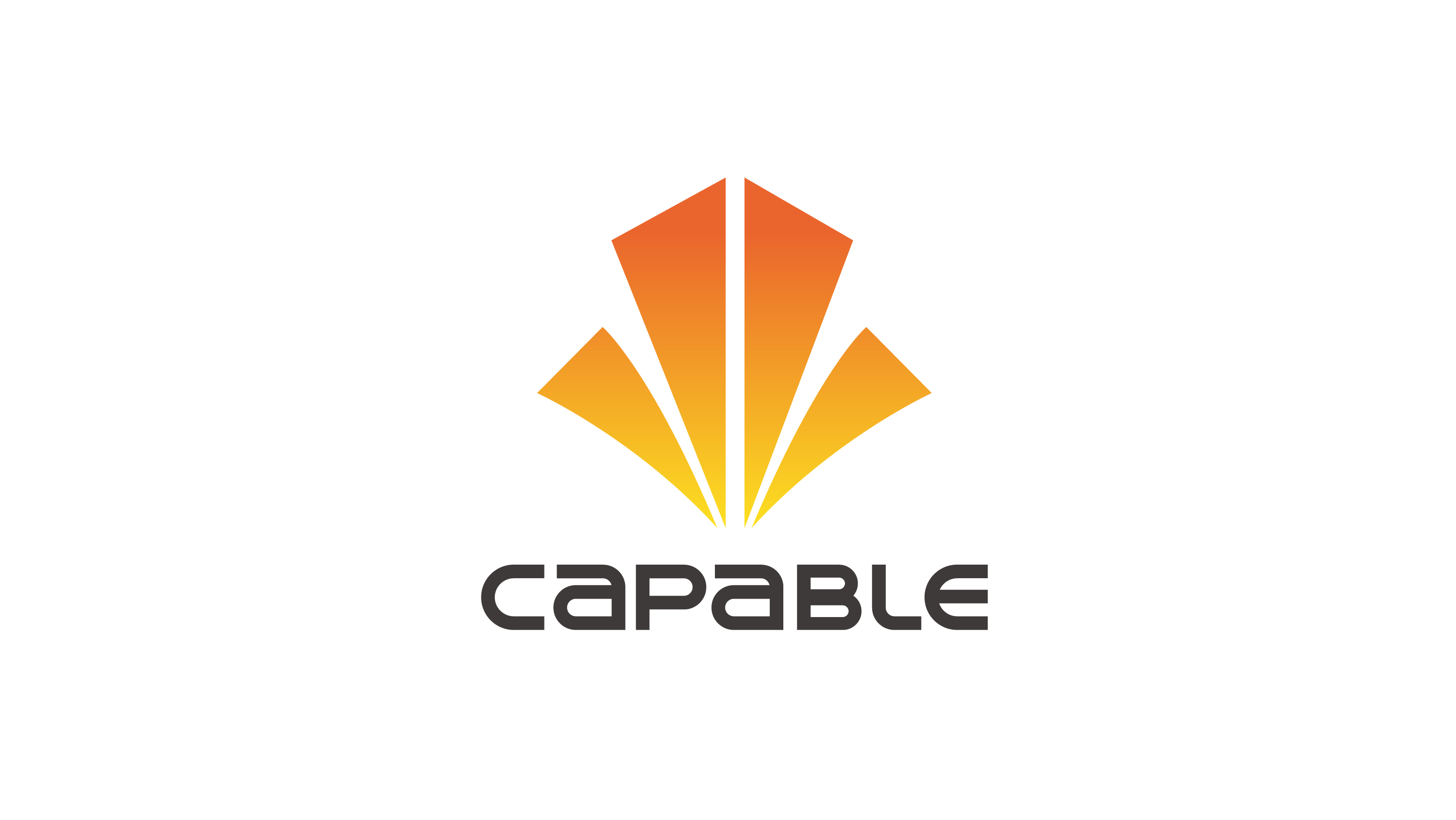On May 30, 2025, the national standard (GB 37478-2025) for "Energy Efficiency Limits and Grades of LED Luminaires for Road and Tunnel Lighting", formulated by MASON Technologies , a subsidiary of MASON Technologies , as the main drafting unit, was officially released. This standard will be implemented on June 1, 2026, replacing the old 2019 version and injecting new momentum into the energy efficiency improvement and low-carbon transformation of China's road and tunnel lighting industry.
The three core breakthroughs of the new national standard reshape the industry's technological coordinate system

The newly released national standard has comprehensively upgraded the energy efficiency requirements for LED road and tunnel lighting, and for the first time, clarified three key technical frameworks:
Reconstruction of Energy Efficiency Index System:
Add a "full scenario energy efficiency testing method" to simulate different lighting environments such as tunnel entrance, middle, and exit sections, dynamically evaluate core parameters such as light efficiency and power factor of lighting fixtures, which is more in line with practical application scenarios than the old standard single condition testing.
Energy efficiency level threshold increase:
The first level energy efficiency and luminous efficiency index has been increased from the old version of 80lm/W to 95lm/W, and the energy efficiency limit value (market access threshold) has also been raised by 15%, directly benchmarking against the international advanced level, which will force about 30% of backward production capacity to exit the market.
Full lifecycle energy efficiency control:
For the first time, the light decay rate of lighting fixtures (5000 hours luminous flux maintenance rate ≥ 90%) has been included in the mandatory index to avoid industry chaos where companies sacrifice their lifespan for short-term energy efficiency data.
MASON Technologies Technology Leads, Accelerating the Transformation of the Lighting Industry Chain
MASON Technologies' ten-year technological accumulation empowers the new national standard
As a leading enterprise in the field of road lighting, MASON Technologies has written three core technological innovations into the national standard: The original "asymmetric light distribution+microprism refraction" technology improves the uniformity of tunnel lighting to 0.7 (old standard 0.5), and reduces glare values to GR ≤ 30; PTC thermistor dynamic compensation technology solves the problem of energy efficiency attenuation in environments ranging from 30 ℃ to 50 ℃, and the relevant testing methods have become Appendix B of the national standard. It promotes the establishment of a three-dimensional identification system of "light efficiency life intelligent control", where users can scan codes to query energy efficiency performance in different scenarios, setting new standards for the industry.
Energy efficiency upgrade drives upstream supply chain restructuring
After the implementation of the new national standard, core components such as LED chips and driver power supplies will undergo technological upgrades. It is expected that the demand for high-efficiency chips will increase by 40% by 2026, and enterprises with high-efficiency packaging technology (such as Sanan Optoelectronics and Huacan Optoelectronics) will benefit significantly.
The increase in energy efficiency threshold promotes the shift of the industrial chain from "scale competition" to "technology competition", and the R&D investment and innovation capability in upstream links have become the core competitiveness of the market.
Market differentiation in engineering and explosion of innovative technologies
Although the initial cost of renovating a new national standard level one energy-efficient street lamp increases by 15%, it can save 3000-5000 yuan in electricity bills throughout its 5-year lifecycle, prompting municipal bidding to shift towards the dual dimensions of "energy efficiency+cost". Enterprises such as Hengrun Optoelectronics have already laid out the "energy efficiency management" business model.
In addition, the "renewable energy interface" clause in the standard accelerates the implementation of technologies such as photovoltaic street lights and energy storage tunnel lighting. It is expected that the relevant market size will exceed 100 billion yuan by 2028, promoting the integrated development of road lighting towards "energy conservation + intelligence + renewable energy".
Summary:
When the energy efficiency of a street lamp increases by 15%, it is behind the saving of millions of kilowatt hours of electricity in a city every year; When a national standard raises the technological threshold, it promotes the green transition of the entire industry chain. MASON Technologies, with more than ten years of technological accumulation, has led the development of standards. Its multiple innovative solutions have been included in the national standard, which will accelerate the reshuffle and innovation of the road lighting industry chain under the dual carbon goal. It not only forces upstream supply chain upgrading and triggers market differentiation, but also promotes the landing of new technologies such as photovoltaic street lights. With the expansion of reserved interfaces for intelligent interconnection in standards, road lighting will evolve towards the integration of "light efficiency+intelligence+interconnection" in the future, leading the entire industry to transform towards high-quality development.
Taken from Lightingchina.com
Post time: Jul-28-2025
